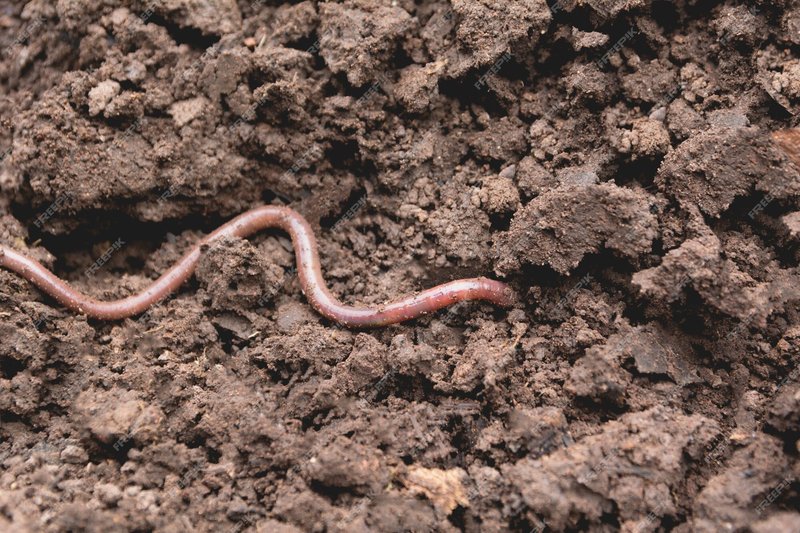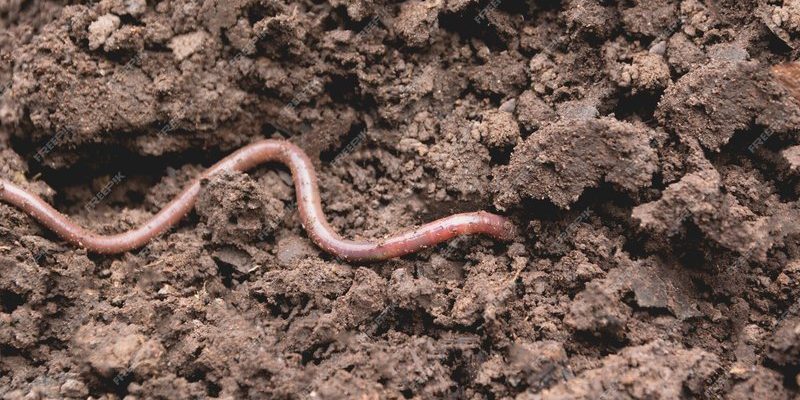
Imagine your soil as a cozy home, where earthworms want to settle down, eat, and reproduce. Like any good home, it needs the right mix of features—things like texture, moisture, food supply, and pH level. Let me guide you through the essential conditions that turn your soil into a welcoming habitat for earthworms, ensuring that they thrive and, in turn, help your garden flourish.
The Importance of Soil Texture
Soil texture is one of the first things to consider when thinking about earthworms. It refers to the size of soil particles and how they interact with each other. Generally, **earthworms prefer loamy soil**, which is that sweet spot between sand, silt, and clay. Loamy soil has just the right amount of air pockets and moisture retention, much like a good sponge that holds water but isn’t too soggy.
If your soil is too sandy, it drains too quickly, leaving earthworms without much moisture to survive. On the flip side, if it’s too clayey, it can become compacted, making it hard for them to move around. A balance is key here—earthworms need a texture that allows them to burrow easily while also holding onto moisture.
You might be wondering how to improve your soil texture. Adding organic matter, like compost or well-rotted manure, can help create that perfect loamy blend. This not only provides a home for earthworms but also enriches your soil for other plants too.
Moisture Levels: Finding the Goldilocks Zone
Just like us, earthworms need water to survive. In fact, they can suffocate if their environment is too dry! So, maintaining the right moisture levels in your soil is crucial. Ideal conditions for earthworms usually involve soil that is moist but not waterlogged.
To achieve this, you might want to check your soil regularly. If it feels dry just beneath the surface, it’s time to water. However, if it’s muddy and you see standing water, you might be overdoing it. A good trick is to grab a handful of soil and squeeze it. If a few drops come out, it’s just right; if more than that, it’s too wet.
Mulching is another excellent way to help retain that moisture. Plus, it provides earthworms with a food source they love to munch on as they break it down, creating a happy little ecosystem.
Food Supply: What Earthworms Love to Eat
Earthworms are decomposers, meaning they thrive on organic matter. This includes fallen leaves, decaying plants, and kitchen scraps. If you want to boost your earthworm population, you must ensure they have plenty of food to feast on.
Think of it as creating a buffet! You can add things like shredded paper, vegetable scraps, and even coffee grounds to your soil. Over time, these materials will break down and provide the earthworms with the nutrients they crave.
The presence of these organic materials also attracts beneficial microorganisms that earthworms need to digest their food efficiently. It’s a win-win situation for everyone involved!
Soil pH: Keeping Things Balanced
Soil pH plays a vital role in whether earthworms thrive in your garden. Ideally, earthworms prefer slightly acidic to neutral soil—around a pH of 6.0 to 7.0. If your soil is too acidic or too alkaline, it can create an inhospitable environment for them.
You might be thinking about how to measure your soil’s pH. Fortunately, there are simple soil test kits available at garden centers. Once you know your pH, adjusting it can be achieved by adding lime to raise pH levels or sulfur to lower them.
Maintaining a balanced pH not only encourages earthworms to flourish but also helps plants access essential nutrients. Remember, happy worms often lead to healthy plants!
Drainage: The Right Balance
Good drainage is essential for healthy earthworm populations. Earthworms can drown in waterlogged soil, so it’s vital to ensure proper drainage in your garden. Compacted or heavy soils can lead to poor drainage, creating an environment that’s less favorable for these creatures.
One way to improve drainage is to mix organic matter, like compost, into your soil. It helps break up heavy clay soils and allows water to flow more freely. Additionally, consider creating raised beds, which can aid in drainage by elevating the soil and ensuring water doesn’t pool around your earthworms’ homes.
If your soil is draining well, earthworms will feel more at home and be able to do their job of aerating and enriching the soil effectively.
Temperature: Comfort Zone for Earthworms
Temperature is another factor that impacts earthworm populations. They thrive best in soil temperatures between **60°F and 70°F** (15°C to 21°C). Too hot or too cold, and they may retreat to deeper layers of soil or even become inactive.
In colder months, earthworms burrow deeper into the soil to escape freezing temperatures. You might be wondering how to keep your garden within this comfortable range. Adding organic mulch can help moderate soil temperatures, keeping it cooler in summer and warmer in winter.
Creating a diverse garden with plants of varying heights and cover can also help maintain a more stable environment. Think of your garden as a little ecosystem where earthworms feel safe and happy!
Regular Maintenance for Healthy Earthworm Populations
Lastly, regular maintenance of your garden is vital for sustaining healthy earthworm populations. Avoid using harsh chemicals and pesticides, as they can harm these beneficial creatures. Instead, opt for natural pest control methods or organic fertilizers, which are kinder to the earthworms’ habitat.
Consider rotating your crops and planting cover crops to keep the soil healthy and rich in nutrients. You can also practice no-till gardening, which minimizes soil disruption and allows earthworms to thrive undisturbed.
By being mindful of your gardening practices, you’re not just enhancing the soil but also supporting the earthworm populations that play a crucial role in creating and maintaining a healthy ecosystem.
In conclusion, creating the **best soil conditions for healthy earthworm populations** isn’t just about keeping these creatures alive; it’s about crafting a vibrant garden ecosystem. So, the next time you’re digging in the dirt, remember, you’re not just planting seeds; you’re also nurturing a community of hardworking earthworms that will help your garden grow. Happy gardening!

